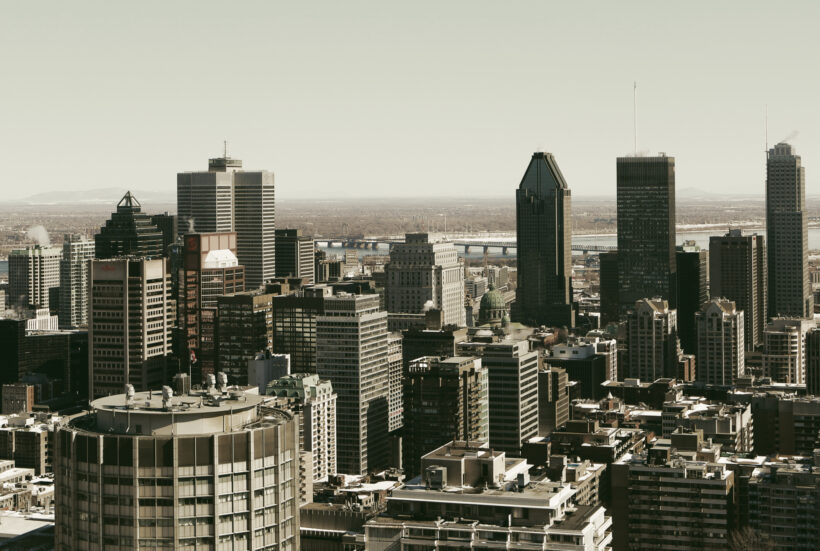Contact Us
Summary Overview
Molds gradually destroy the things they grow on. Prevent damage to building materials and furnishings, save money and avoid potential health risks by controlling moisture and eliminating mold growth.
Basics
Please note that the Spokane Regional Health District does not have a mold or indoor air quality program and does not provide in-home assessments, consultation or testing for the topics addressed on this site. Inspections and evaluations of this nature must be addressed by a trained private professional. Issues related to landlords or property managers and their renters must be dealt with through Washington state’s Residential Landlord-Tenant Act.
What are molds?
- Molds are fungi that can be found both indoors and outdoors. No one knows how many species of fungi exist but estimates range from tens of thousands to perhaps three hundred thousand or more. Molds grow best in warm, damp, and humid conditions, and spread and reproduce by making spores. Mold spores can survive harsh environmental conditions, such as dry conditions, that do not support normal mold growth.
Where are molds found?
- Molds are found in virtually every environment and can be detected, both indoors and outdoors, year round. Mold growth is encouraged by warm and humid conditions. Outdoors they can be found in shady, damp areas or places where leaves or other vegetation is decomposing. Indoors they can be found where humidity levels are high, such as basements or showers
What makes molds grow in my home?
- Mold enters your home as tiny spores. The spores need moisture to begin growing, digesting and destroying. Molds can grow on almost any surface, such as wood, ceiling tiles, wallpaper, paints, carpet, sheet rock, and insulation. The mold grows best when there is lots of moisture from a leaky roof, high humidity, or flood. There is no way to get rid of all molds and mold spores from your home. But you can control mold growth by keeping your home dry.
When is mold a problem?
- You know you have mold when you smell the "musty" odor or see small black or white specks along your damp bathroom or basement walls. Some mold is hidden growing behind wall coverings or ceiling tiles. Even dry, dead mold can cause health problems, so always take precautions when you suspect mold.
How do molds affect people?
- Some people are sensitive to molds. For these people, exposure to molds can cause symptoms such as nasal stuffiness, eye irritation, wheezing, or skin irritation. Some people, such as those with serious allergies to molds, may have more severe reactions. Severe reactions may occur among workers exposed to large amounts of molds in occupational settings, such as farmers working around moldy hay. Severe reactions may include fever and shortness of breath. Some people with chronic lung illnesses, such as obstructive lung disease, may develop mold infections in their lungs.
Mold Prevention & Treatment
Spokane or Washington Specific Data
Recommendations
How to control the growth of mold in your home
- Keep humidity levels as low as you can—no higher than 50 percent—all day long. An air conditioner or dehumidifier will help you keep the level low. Bear in mind that humidity levels change over the course of a day with changes in the moisture in the air and the air temperature, so you will need to check the humidity levels more than once a day.
- Use an air conditioner or a dehumidifier during humid months
- Be sure the home has adequate ventilation, including exhaust fans
- Add mold inhibitors to paints before application
- Clean bathrooms with mold killing products
- Do not carpet bathrooms and basements
- Remove or replace previously soaked carpets and upholstery
If there is mold growth in your home
Clean up the mold and fix any water problem, such as leaks in roofs, walls, or plumbing. Controlling moisture in your home is the most critical factor for preventing mold growth.
To remove mold growth from hard surfaces use commercial products, soap and water, or a bleach solution of no more than 1 cup of bleach in 1 gallon of water. Use a stiff brush on rough surface materials such as concrete.
Use Protection
- Wear goggles, gloves and breathing protection while working in the area
Areas with high mold exposures
- Antique shops
- Greenhouses
- Saunas
- Farms
- Mills
- Construction areas Flower shops
- Summer cottages
If mold in your workplace is making you sick:
- If you believe you are ill because of exposure to mold in the building where you work, you should first consult your health care provider to determine the appropriate action to take to protect your health. Notify your employer and, if applicable, your union representative about your concern so that your employer can take action to clean up and prevent mold growth. To find out more about mold, remediation of mold, or workplace safety and health guidelines and regulations, you may also want to contact your local (city, county, or state) health department.
- You should also read the U.S. Environmental Protection Agency (EPA) Guidelines, Mold Remediation in Schools and Commercial Buildings, here.
If you are concerned about mold in your children’s school:
- If you believe your children are ill because of exposure to mold in their school, first consult their health care provider to determine the appropriate medical action to take. Contact the school’s administration to express your concern and to ask that they remove the mold and prevent future mold growth. You may also contact the health district school health & safety program at 509.324.1560, ext 4.
See these Web sites for more indoor air quality tools for schools:
Related Facts

To prevent mold, keep humidity levels should be kept as low as possible—no higher than 50 percent—all day long, U.S. Centers for Disease Control and Prevention
